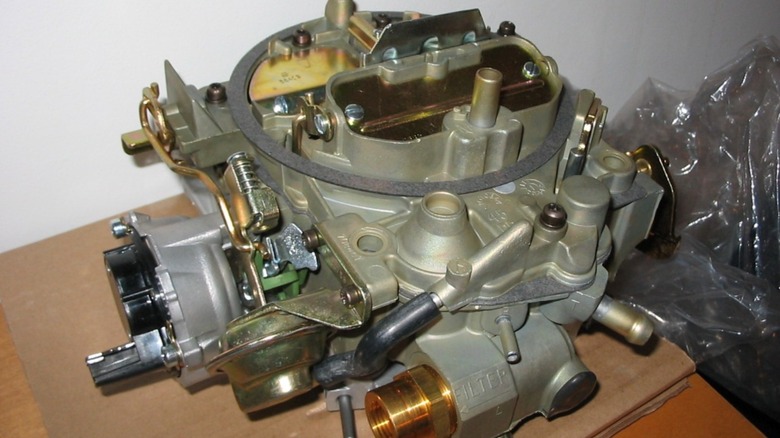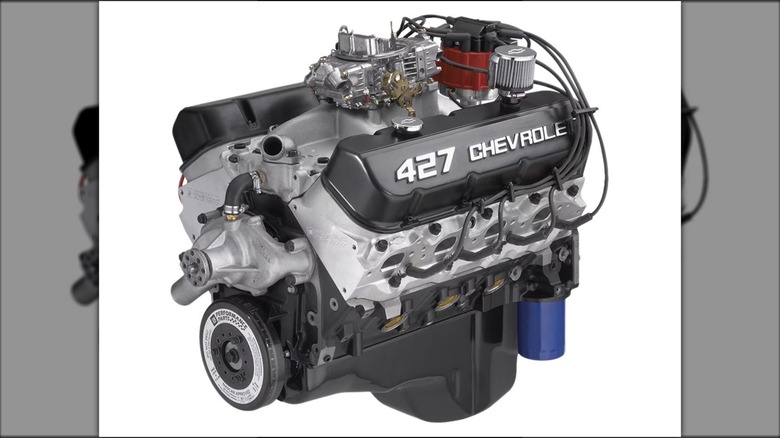What Does A Choke Valve Do In Your Engine's Carburetor?
The choke valve in an engine's carburetor, whether it's a Holley carburetor or another brand, helps a cold engine start by restricting some of the airflow into it. When the engine is cold, the choke valve, operated manually or automatically, closes the carburetor's air intake to maximize the fuel content of the air-fuel mixture delivered to the combustion chamber inside the engine.
Manual choke valves were common on older vehicles and can still be found on small engines powering lawn and garden equipment. A manual choke requires the operator to determine when to close it, and how quickly to open it once the engine starts, based on environmental conditions and how the engine reacts to the adjusted air-fuel mixture as it warms up.
Automatic choke valves use a variety of designs to determine and deliver the correct amount of restriction, including integral, divorced, and electric chokes. Integral automatic chokes have a thermostat mounted to the carburetor and typically rely on heat routed from the exhaust manifold to open it. Once the thermostat is opened, the vacuum provided by the running engine, along with the weight of the choke valve linkage, pulls the choke valve open.
Divorced chokes use a thermostat mounted to the intake manifold, instead of the carburetor, with a rod connected directly to the choke valve assembly. As the engine heats up, the spring inside the thermostat expands and pulls the valve open.
Electric chokes use the vehicle's 12-volt power to control the thermostat. These can be integral or divorced varieties, depending on the model.
Do all engines have a carburetor choke valve?
While choke valves associated with carburetors were common on vehicles into the 1970s, fuel injection systems, originally perfected for use in racing, changed the way car engines are made. Fuel injection systems don't use a carburetor to provide the engine's air-fuel mixture, so they also lack mechanical choke valves. Instead, the fuel injected mixture is controlled by the engine's control module and an array of sensors. The system is designed to monitor and adjust fuel delivery for optimal performance and efficiency under any conditions.
The popularity of fuel injection systems stems from some of the system's key benefits. Increased reliability, more power, better fuel economy, and lower emissions are all areas where fuel injection is superior to carburetors for supplying air and fuel to an engine.
However, in some cases, the installation of carburetors is preferred to retain the period-correct old-school aesthetic of an engine build. They are also simple, relatively inexpensive, mechanical components that are easily adjusted without requiring computerized diagnostics.

